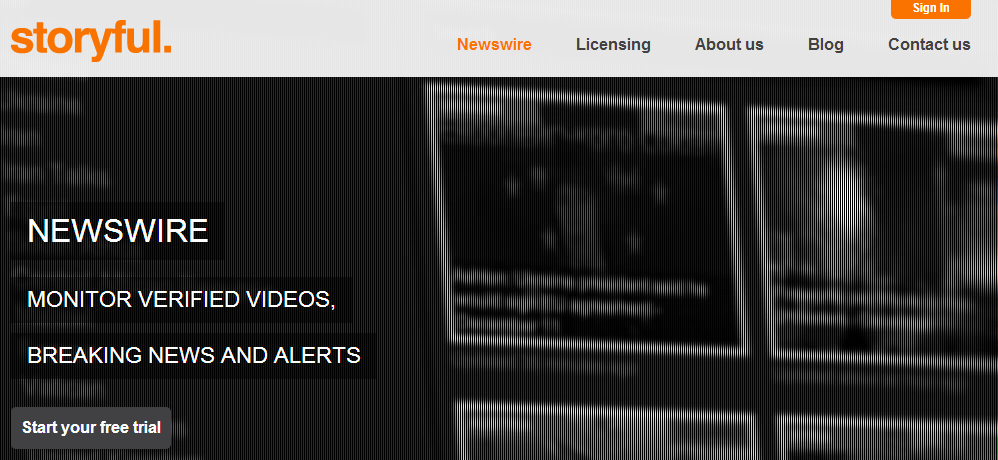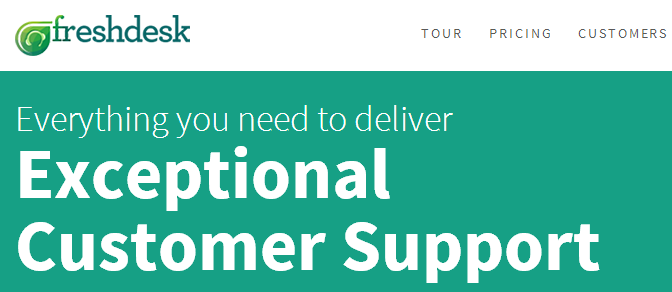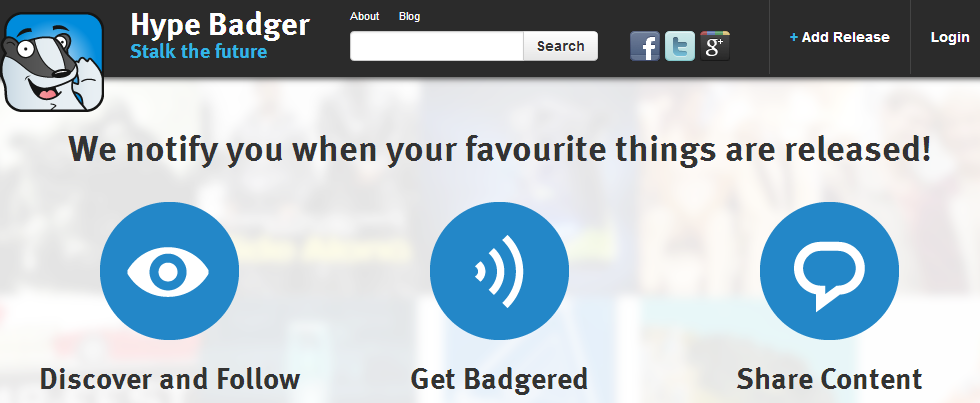There is an old maxim: “You value what you measure.” For many companies, this has translated into a philosophy of rigorous adherence to specific company-wide key performance indicators (KPIs), such as revenue, lifetime value of a customer or time to serve. There are endless KPIs companies may select from, but when it comes to investing in social media, your standard KPIs probably don’t apply. And even if they do, you probably can’t measure them well.
That’s our fault- and by our, I mean the ecosystem of social media marketing companies such as PinLeague- we haven’t helped establish those KPIs well enough. Unfortunately, it’s also YOUR problem, because without commonly accepted KPIs, your Executive team looks at social media investment and asks the same questions they ask of everyone else. “How much revenue did it drive?” “Did it reduce our time to serve a customer?” “Is it increasing lifetime value?” and so forth.
The problem is, you – and we- don’t have those answers yet. And the answers we do give often underestimate the impact.
For example, at PinLeague we offer a Pinterest ROI Tracking feature. For many brands, this is a big win. You can now say to your boss “we earned $X from Pinterest this month.” Great. Revenue question answered.
There’s a problem though: You’re selling yourself short!
The true revenue impact of Pinterest is far greater than the revenue you see directly from Pinterest. For example, in our socially targeted email product (PinMail), we work with clients to help them measure not only revenue from Pinterest, multiple sources of revenue:
- Revenue from Pinterest
- Revenue from visits directly from the socially targeted email campaign
- Revenue influenced by Pinterest as a channel
- Revenue saved/gained by providing better customer service via social networks
And so on…
It’s difficult, if not impossible to quantify all of these impacts today. And if you did, the investment in that social media analytics would probably outweigh the profit impact to begin with.
In lieu of these metrics, CEOs often determine Social Media is a cost center, not a profit center. As a result, they fail to invest adequately. They simply hire their proverbial daughter Becky and check the “Social Media” box.
So, How Do I Get My CEO to Increase Social Media Investment?
Here are a few strategies to try:
1. Start investing in social media with targeted, measurable campaigns
PinMail has taken off for us because brands can see results with small budgets. We’ve run trials as low as $1,800 in budget that have generated $10k+ in revenue. Doing a simple trial like that puts little budget at risk and can be used to justify higher spend later.
2. Show there are benefits to investing in Social Media beyond Social Marketing
Go sign-up for a free pinterest analytics account now. Do it. Then, add a few competitors. In a week, log-in and pull down those competitors most popular content or products (“Brand Mentions” in PinLeague terms) and e-mail that report to your editorial team, content team, merchandising team, etc with a single question: “How would you use this data if you could have it for any competitor on an ongoing basis?” Boom. You have an ally who can help you get budget (or give you budget) so you can invest in social media tools.
3. Ask for Budget in Terms the CEO Can Understand
Most Social Media teams default to scaling through more people. How about if instead you make your current people more effective. Your CEO will hear: “By spending $100,000 on social media tools and campaigns, we’ll double the efficiency of our 4 person team this year.” CEO then does the math: 4 people @$100,000 each (with benefits, etc) can double their efficiency. That’s $100,000 of investment in social media tools vs $400,000 of additional headcount expense. Sounds like a deal!
This post originally appeared on the Tailwind blog.















